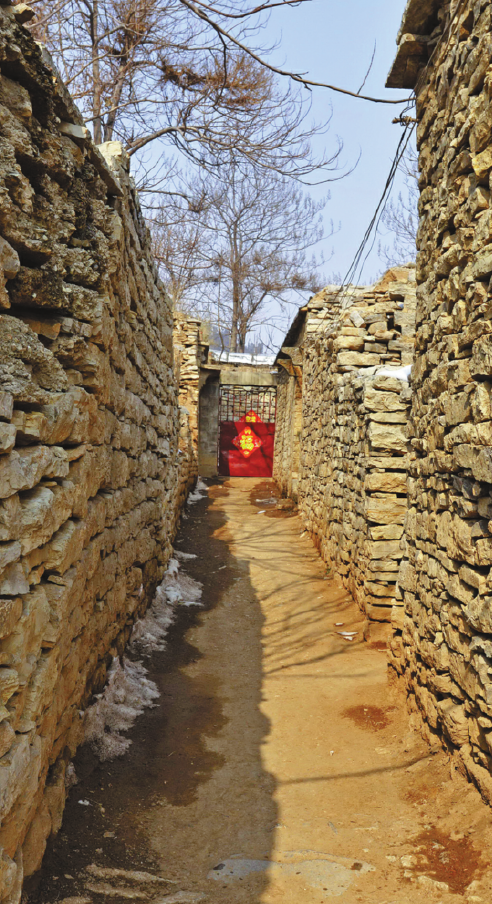 It's an engineering feat from ancient times, but the wall constructed by the Qi State more than 2,500 years ago has been largely
It's an engineering feat from ancient times, but the wall constructed by the Qi State more than 2,500 years ago has been largely
ignored. Zhao Ruixue chats to a man committed to exploring this slice of history.
Photographer Hu Deding, 63, never thought he would spend more than 10 years exploring an ancient engineering project seldom visited by tourists.
"I came across the ancient wall and fund it so amazing. I just can't stop walking it and exploring it again and again," Hu says.
The wall Hu has been visiting was built by the Qi State in the Spring and Autumn Period (770-476 BC) and the Warring States Period (475-221 BC).
Investigations have shown that the Qi wall stretches across East China's Shandong province for 620 kilometers, from Jinan on the bank of the Yellow River to the coastal city of Qingdao in the east.
"When mentioning the long wall, people tend to think about the Great Wall built in the Qin Dynasty (221-206 BC) and in the Ming Dynasty (1368-1644). In my opinion, the Qi wall is no less important than the Great Wall of the Qin and Ming dynasties," Hu says.
Gary Feinman, curator of anthropology at the Field Museum in the United States, walked the easternmost 50 kilometers of the Qi wall.
"The Qi wall is a very important and impressive historical feature that miraculously still is visible across Shandong's landscape almost 2,500 years after it was built," Feinman says.
According to Fang Hui, head of the Institute of Cultural Heritage under Shandong University, the Qi wall is more than 300 years older than the more famous Great Wall first constructed by Emperor Qin Shihuang (260-210 BC).
Qin Shihuang, the first emperor of the Qin Dynasty, started building the Great Wall more than 2,000 years ago, which has become the world's largest man-made structure after it was expanded in the following dynasties. According to survey results released by the State Administration of Cultural Heritage in 2012, the Great Wall measures 21,196.18 kilometers in total.
The Qi wall was built to defend the Qi State against other competing states during the Spring and Autumn Period and the Warring States Period.
"The Qi wall divided warring states in China, while the Qin wall marked (Central) China's northern frontier," Feinman says.
During the Spring and Autumn Period and the Warring States Period, China was divided into smaller areas run by different states that expanded their territory by fighting their neighbors. More than 480 wars took place during that time. The leaders of each of the states built different types of fortifications to protect themselves.
The Qi State was a powerful state in those days and was under constant attack from the states of Lu, Jin and later, Chu, which originated from the middle reaches of the Yangzte River. As a result, the kings of the Qi State built walls to protect themselves.
Records of the Qi wall are first found in Zuo Zhuan (Chronicle of Zuo), one of the earliest Chinese works of narrative history. The book, which records history from 722 to 468 BC, is used by experts as an important source for understanding the history of the Spring and Autumn Period.
The book reveals that, in the year of 555 BC, the king of Qi used the wall as a defense and defeated an allied troop of 12 states at Guangli, a village that is now Xiaoli town of Changqing district in Shandong's provincial capital Jinan.
The Qin State was exterminated by Qin Shihuang in 221 BC.
